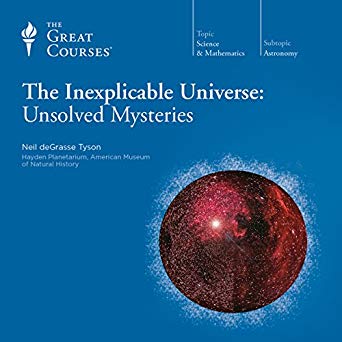The Lady Astronaut Series #1: The Calculating Stars by Mary Robinette Kowal
REVIEW: 3 / 5 stars
The Calculating Stars is the first in Mary Robinette Kowal’s Lady Astronaut Series, which is an alternative history science fiction narrative. In this version of the early 1950s, a giant meteorite crashes into the Atlantic Ocean which blows away most of the East Coast of the United States, including Washington, DC. The US Capitol is moved to Kansas City, Kansas, and scientists discover that the climate change greenhouse effect resulting from the meteorite strike will render the Earth difficult to support human life in a couple of decades, similar to the extinction event that wiped out most of the dinosaurs. This puts the space missions on an expedited timeline and more for the purpose of establishing manned mission and lunar colonies than beating the Soviets.
This is definitely a fun read for anyone who enjoys sci-fi, historical fiction, and stories either about or inspired by the Space Race. The main characters are women computers, lead engineers, literal rocket scientists, and astronauts working on these missions, so I enjoyed all of the discussions about developing technologies and solving problems.
The main protagonist Elma is a woman computer but also served as a WASP in World War II, so she is key to advancing female candidacy for the astronaut program. Hence, the “Lady Astronaut” series. There are some good moments of women being tough, intelligent, resilient badasses in this story, so I think those who enjoy strong female leads will like this. Those elements reminded me of Disney Marvel’s “Captain Marvel”, the Hidden Figures book and movie, and the movie “The Right Stuff”.
Growing up and learning about all the great space missions NASA and other space agencies have accomplished, I never fully realized how important the United States Air Force and test pilots are to the development of these programs. The Calculating Stars does a great job of highlighting the value woman computers and test pilots bring to space missions.
My favorite moments from this book are when the women computers are actively solving complicated equations, the astronauts are going through intense training, or when the test pilots are logging flight time on new planes. These action scenes are so satisfying and engaging. This world is cool! I wish there were MORE of these types of things, and maybe there will be a higher percentage of action scenes in other books in the series, but there aren’t a ton in here so some readers might find this book a bit boring at times.
I think the author does a good job of introducing us to Elma’s anxiety through her reactions to certain difficult situations. I appreciate Kowal demonstrating an anxiety disorder, which I don’t usually see in fiction, and I am really glad that Elma opens up about her condition and gets treatment. This representation is important. That being SAID, this side story does go on for a while and I think at times distracts from the primary narrative. Some of the middle chunk of the book could have been tightened up and focused a bit.
I loved all of the private moments between Elma and her husband Nathaniel, and all of the ways Nathaniel is a good spouse reminds me of my own husband. Nonetheless, their relationship is a bit too perfect to be believable. They both have highly stressful jobs and deal with difficult social issues. The book takes place over a couple years, and their marriage is ALWAYS perfect? Nathaniel seems like total fan service. I still loved listening to every sentence in which Nathaniel is mentioned, but it wasn’t really deep writing.
Overall, this is a fun read and I would recommend it to many. It isn’t perfect, and I’ll have to see where the second book goes before saying whether this is a good series or not. The voice is too modern and “woke” to be believable as alternative 1950s history, so I would categorize this more as a soft science fiction book. I trusted Kowal to get the science right, so I welcome a review by an engineer or Space Race historian to fact check her on the technology and equations utilized here.









